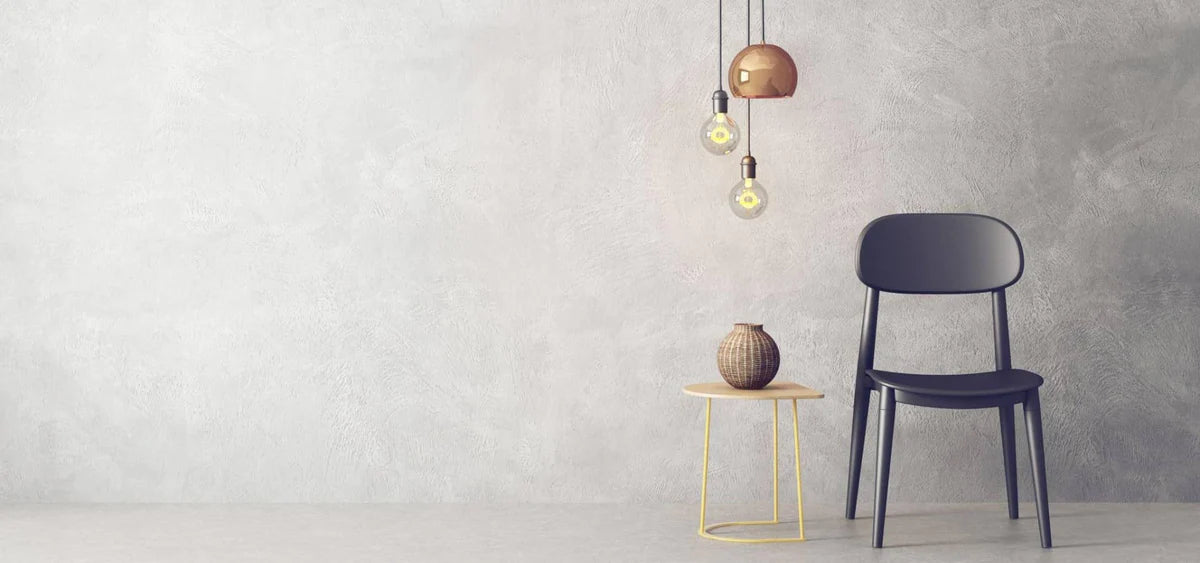There are several types of lighting that serve different purposes:
- Ambient Lighting: Also known as general lighting, it provides overall illumination to a space, ensuring it is well-lit and comfortable.
- Task Lighting: This type of lighting is focused on specific areas where activities such as reading, cooking, or working take place. It provides concentrated light to facilitate these tasks.
- Accent Lighting: Accent lighting is used to highlight specific objects or architectural features, adding visual interest and creating a focal point in a room.
- Decorative Lighting: As the name suggests, decorative lighting is primarily used for aesthetic purposes. It includes chandeliers, pendant lights, and other decorative fixtures that enhance the visual appeal of a space.
The Benefits of Good Lighting
Good lighting has numerous benefits:
- Improved Visibility: Proper lighting ensures that we can see clearly and perform tasks efficiently without straining our eyes.
- Mood Enhancement: Well-designed lighting can create a specific atmosphere or mood, whether it's a cozy and intimate setting or a bright and energetic space.
- Increased Safety: Adequate outdoor lighting helps prevent accidents and deters potential intruders, making our homes and public areas safer.
- Energy Efficiency: Using energy-efficient lighting options, such as LED bulbs, can significantly reduce energy consumption and lower electricity bills.
Lighting Tips
Here are some tips to optimize your lighting:
- Consider the purpose of each space and choose the appropriate type of lighting accordingly.
- Use a combination of different lighting sources to create layers of light and add depth to a room.
- Pay attention to color temperature. Warm white light (2700-3000K) is suitable for relaxing areas, while cool white light (3500-4100K) is ideal for task-oriented spaces.
- Install dimmer switches to adjust the light intensity and create different moods.
- Regularly clean your light fixtures and replace bulbs when they start to dim.
By understanding the importance of lighting and implementing these tips, you can transform your living or working space into a well-lit and inviting environment.

